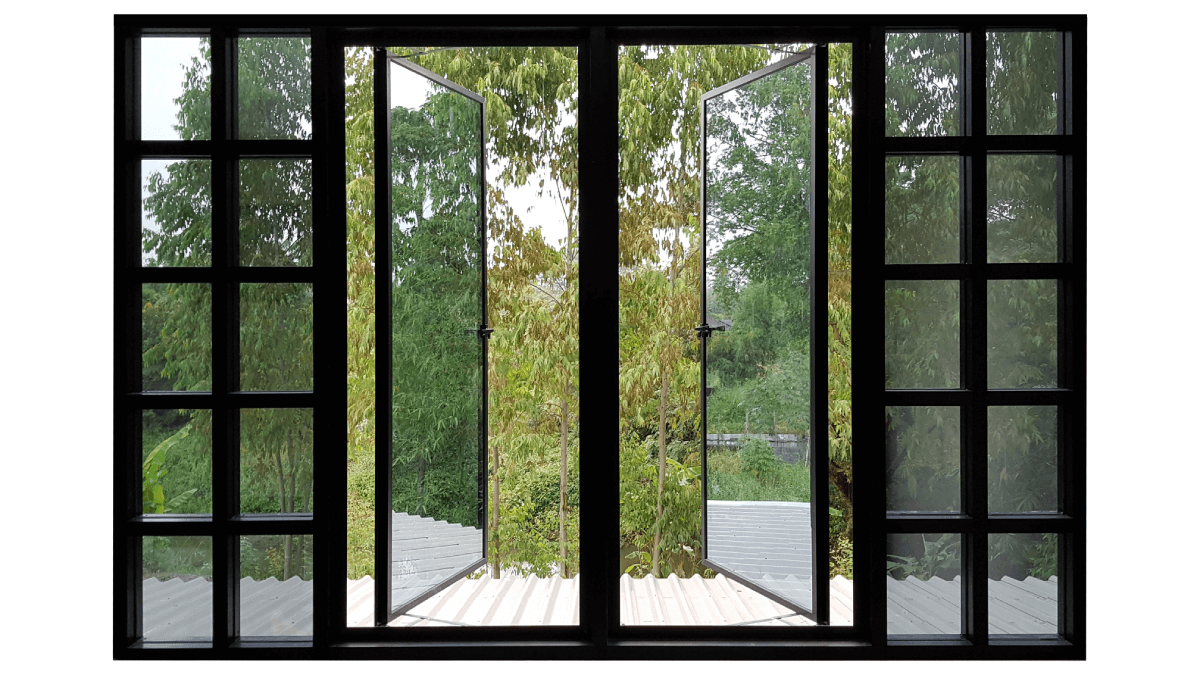All Categories
Featured
Table of Contents
Double Glazed Windows In Melbourne in Lathlain Western Australia
That window can transmit more solar heat in winter season than in summer season. A west-facing window on a summer's afternoon has an angle of incidence from near 0 up to 30 with a big effective location of solar radiation. A north-facing window, in summer season, has a high angle of incidence and a low efficient area of solar radiation, so can transfer less heat than a west-facing one.

You can rapidly and easily improve the thermal efficiency of your home by changing your windows. This is among the most effective techniques of remodelling to accomplish improved thermal convenience. There are countless types of glass and frames to select from. Selecting the ideal ones is necessary to improving the energy effectiveness of your house.
How Double Glazing Can Help Keep Your Home Cool In ... in Craigie WA
There are numerous different kinds of glass items to select from. Single glazing uses a single pane of glass. Single glazing with clear glass is not extremely efficient when it concerns heat loss or gain. To improve performance, you can use single glazing with a more energy-efficient type of glass such as low emissivity (low-e) glass.
Numerous layers can be assembled with sealed cavities in between each sheet of glass. IGUs usually offer better energy efficiency than single glazing, since they send less energy. Nevertheless, the energy performance of IGUs also depends on: the properties of each layer of glass. Various glass types (for instance, clear and low-e glass) can be assembled in an IGU.
Double Glazing Australia Blogs in Queens Park Perth
![Best Way To Block Sun Heat From Windows [Professionally] in Madeley WA](https://www.alwindows.com.au/wp-content/uploads/2020/05/DoubleGlazing_WithLowE-1.png)
IGU cavities can be filled with air or a more inert, low-conductivity gas such as argon the width of the cavity. Wider cavities supply lower (better) U worths, with 12mm typically accepted as the favored space how well the cavity is sealed.
If argon is set up to the cavity in place of air, moisture is reliably left out the level of desiccant (drying agent). The spacer (metal or polymer strip) that separates the glass layers contains a desiccant to take in any moisture. Inadequate desiccant might trigger wetness to condense on the glass surface in cold conditions, lowering thermal performance.
Which Type Of Double Glazed Window Frame Is Right For You? in Dianella WA
In truth, IGUs can provide better energy performance for all climates, particularly in heated and air-conditioned homes. Cross-section detail of single, double and triple-glazing systems Low emissivity glass (commonly known as low-e glass) lowers heat transfer. Low-e glass may be either high or low transmission: High transmission low-e glass has a finish that permits daylight from the sun to enter the home to achieve great solar heat gain, but minimizes the quantity of the long wavelength infrared heat that can get away back through the window.
Low-e glass has either a pyrolytic covering or a vacuum-deposited thin film metal finish. Pyrolytic coverings are long lasting and can be utilized for any glazing; vacuum-deposited coatings are soft and are only utilized within IGUs. Low-e finishings can considerably improve both U value and SHGC; however, they should be utilized correctly or they will either weaken or stop working to carry out as needed.
Which Double Glazed Windows Are Best For Summer? in Port Kennedy WA
Low-e coverings can be used in combination with clear, toned or reflective glass. Low-e coverings on glazing can decrease heat transfer where required Image: Department of Market, Science, Energy and Resources Toned glass has colouring ingredients consisted of throughout manufacture. It is offered in numerous colours, usually bronze, grey, blue and green.
Table of Contents
Latest Posts
Sustainability in Bassendean Perth
Climateframe Double Glazing: Perth's Double Glazed ... in Subiaco Western Australia
4 Benefits Of Double Glazed Windows In The Summer in Murdoch Western Australia
More
Latest Posts
Sustainability in Bassendean Perth
Climateframe Double Glazing: Perth's Double Glazed ... in Subiaco Western Australia
4 Benefits Of Double Glazed Windows In The Summer in Murdoch Western Australia